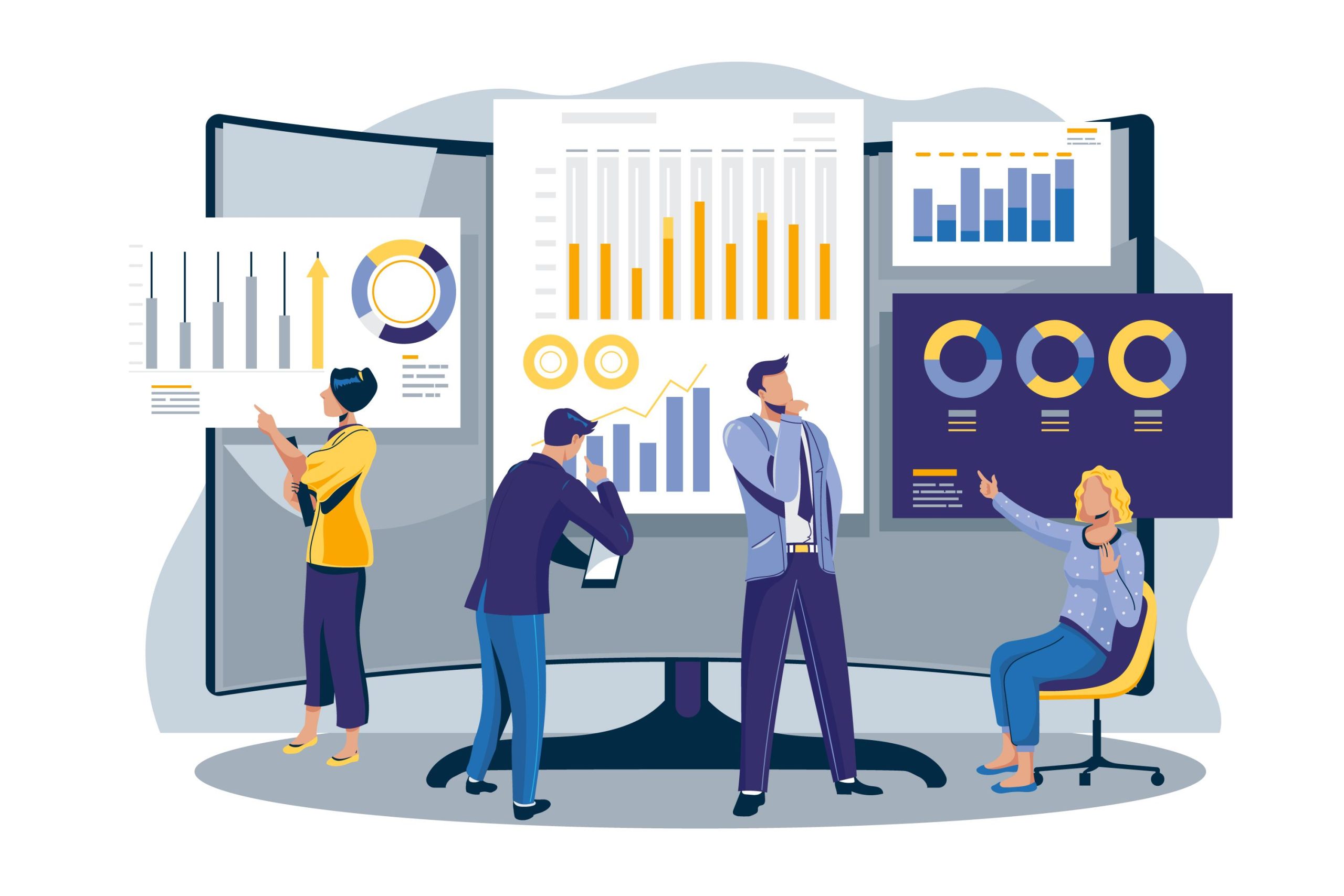Business intelligence (BI) is the process of analyzing and interpreting data to make informed decisions in a business setting. It involves the use of tools and technologies to gather, store, and analyze data from various sources, such as financial systems, customer databases, and market research.
There are several types of BI, each with its own unique set of tools and capabilities. Here are a few examples:
- Descriptive BI: This type of BI is focused on describing what has happened in the past. It uses historical data to generate reports and visualizations that provide insights into past performance and trends.
- Diagnostic BI: This type of BI is focused on understanding the reasons behind the past performance. It uses interactive dashboards and data exploration tools to allow users to drill down into the data and identify the root causes of trends or issues.
- Predictive BI: This type of BI is focused on forecasting future performance. It uses advanced analytical techniques, such as statistical modeling and machine learning, to make predictions about future trends and outcomes.
- Prescriptive BI: This type of BI is focused on providing recommendations for actions. It uses optimization algorithms and decision-making tools to identify the best course of action based on the data and predictions generated by the other types of BI.
Each type of BI can play an important role in different aspects of a business. Descriptive BI can be used to monitor key performance indicators (KPIs), diagnostic BI can be used to troubleshoot problems, predictive BI can be used to forecast sales and identify potential opportunities, and prescriptive BI can be used to optimize business processes and make strategic decisions.
By using the right type of BI for the right purpose, businesses can gain valuable insights into their operations and make data-driven decisions that drive growth and improve performance.
some common applications of BI include:
- Sales analysis: BI tools can be used to track sales data, such as revenue and customer demographics, to identify trends and opportunities for growth.
- Financial analysis: BI can help organizations to better understand their financial performance by analyzing data such as expenses, profits, and cash flow.
- Inventory management: BI can help organizations track and manage their inventory levels so that they can optimize their supply chain and reduce costs.
- Customer analysis: BI can be used to analyze customer data, such as demographics and purchase history, to identify trends and patterns that can inform marketing and sales strategies.
- Operational analysis: BI can be used to analyze data from operations and manufacturing processes to identify inefficiencies, bottlenecks, and areas for improvement.
Overall, Business Intelligence allows organizations to make data-driven decisions which can lead to improved performance, efficiency and cost-savings.
